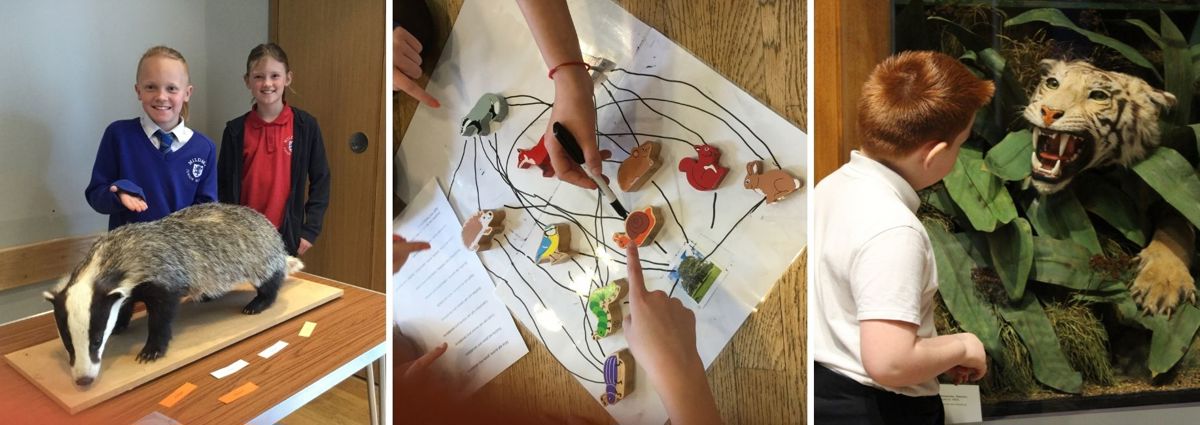Pupils will have the opportunity to get up close to our collection of Victorian taxidermy animals, investigate their features and decide what groups they would classify them into.
They will compare the teeth and other features of a range of animals to explain how they are adapted for their diets and habitats. They will then construct food webs to help understand how the different species within a habitat depend on each another.
Finally, they can apply their knowledge to identify a mystery creature found in the local river, and suggest what impact it might have on other species living in this habitat.
In this session, pupils will:
- identify and classify species of animal native to the UK and justify their choices of classification.
- compare the teeth and features of carnivores, herbivores, and omnivores and discuss how they are adapted for each diet.
- create food webs to show how different species within a habitat depend on each other and consider the impact of introducing a new animal.
Stay for the day
For two classes or a whole day visit, combine this session with a trail around Oaklands park to identify plants and trees, or a trail around the museum to learn more about the Victorians and their inventions.
Teacher feedback
“Lots of learning around taxonomy, new vocabulary and thinking about environmental impact. Excellent, informative, interactive and engaging. Relevant to the topics covered and pitched at the right level.”
Chancellor Park Primary School
National curriculum links
-
Recognise that living things can be grouped in a variety of ways, explore and use classification keys to help group, identify and name a variety of living things in their local and wider environment.
-
Construct and interpret a variety of food chains, identifying producers, predators and prey.
-
Describe how living things are classified into broad groups according to common observable characteristics and based on similarities and differences; give reasons for classifying plants and animals based on specific characteristics.
Capacity
One class per session.
Facilities
We have indoor lunch space available, plus picnic benches and a children's play area in the park. The museum is fully accessible with a lift and an accessible toilet.

